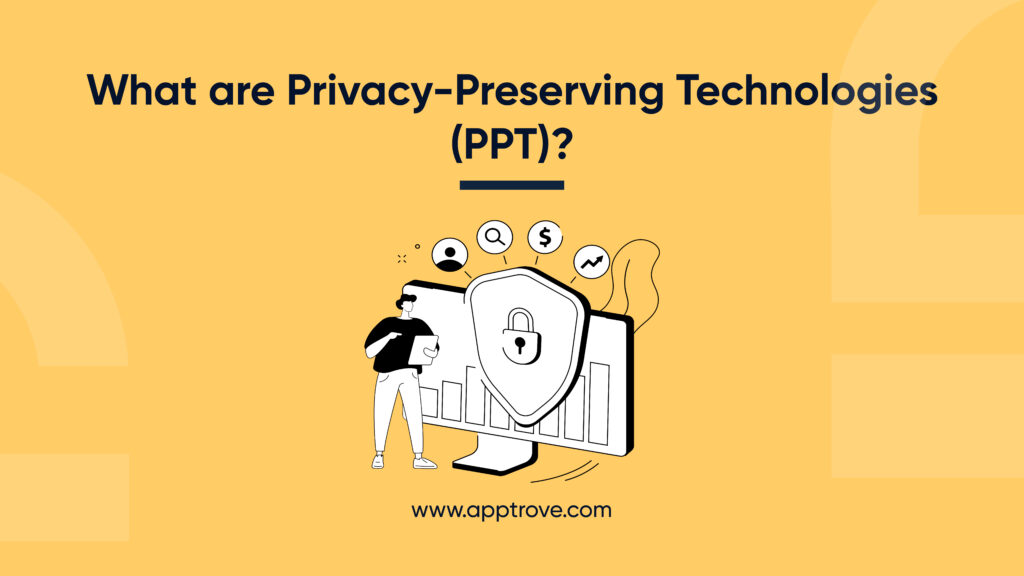What are privacy-preserving technologies?
Privacy-preserving technologies allow users to protect the privacy of their personally identifiable information (PII) provided to and handled by service providers or apps, all while allowing marketers to maintain the functionality of data-driven systems.
These privacy-centered solutions bring together the growing demand for user-level data with growing calls for consumer privacy, which is primarily due to a new family of technologies that have emerged over the past few years, shattering the misconception that data-driven marketing and privacy can’t go hand in hand.
These privacy-preserving technologies involve aggregation technologies (e.g. Aggregated Advanced Privacy and Aggregated Conversion Modeling), advanced cryptographic technologies (e.g. private set intersection and homomorphic encryption), and machine learning technologies such as predictive analytics, incrementality measurement, and audience segmentation.

What are the two main models of PPTs?
1. Soft privacy technologies :
This model involves trusted 3rd-party partners for the purpose of data processing, which is based on compliance, consent, control, and audit. Examples include differential privacy (DP), and tunnel encryption (e.g. SSL).
2. Hard privacy technologies :
Enforcing this model eliminates the possibility that users’ privacy will be violated by any entity, which is suitable in cases where 3rd-party entities cannot be trusted. Examples include VPNs used for elections.